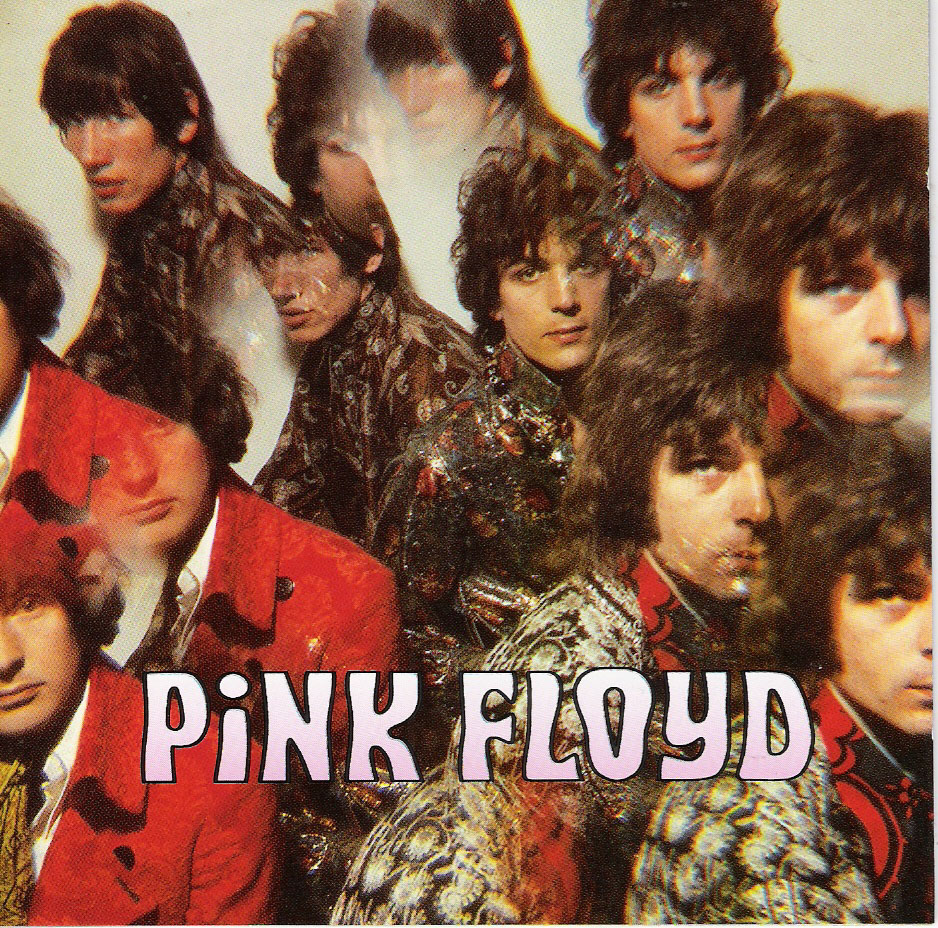
The Piper at the Gates of Dawn (1967)

1. Astronimy Domine
2. Lucifer Sam
3. Matilda Mother
4. Flaming
5. Pow R. Toc H.
6. Take Up Thy Stethescope and Walk
7. Interstellar Overdrive
8. The Gnome
9. Chapter 24
10.Scarecrow
11.Bike
This is not your father's Pink Floyd. In fact, depending on your lineage, it might not even be your grandfather’s. Long before they became synonymous with epic concept albums, weighty philosophical themes, and stadium-sized light shows, Pink Floyd (or more properly, *The* Pink Floyd) began their recording life as a decidedly psychedelic curiosity. For a brief but luminous window in the mid-1960s, they were the trippiest of the trip bands—a kaleidoscopic, acid-drenched outpost of sound, light, and madness.
Of course, that phase didn’t last long. And it may not have had much of a choice. The band’s early identity was inextricably tied to Syd Barrett—singer, songwriter, guitarist, and visionary. The Piper at the Gates of Dawn is the only full-length studio album with Barrett firmly at the helm, and it's both a dazzling achievement and a haunting glimpse of what might have been. Shortly after its release, Barrett would spiral into mental instability and vanish from the band’s trajectory entirely, leaving behind a legacy of brilliance tinged with tragedy.
Musically, the album remains unlike anything else in the Floyd catalog. The trappings of what the band would later become are almost entirely absent. Instead, what we’re offered is an eerie, giddy, and at times terrifying plunge into the unknown. Songs such as Astronomy Domine and Interstellar Overdrive are less structured compositions than extended sonic hallucinations—blistering guitars, tape loops, stereo panning experiments, and wildly unpredictable shifts in tone and tempo. For all its avant-garde nature, the album isn’t messy—it’s just alien.
And yet, it has an awful lot of charm. The closing track, Bike, somehow manages to be both deeply unsettling and oddly whimsical—an aural nursery rhyme filtered through the cracked lens of Barrett’s imagination. It’s perhaps the most “accessible” moment here, though “accessible” in this context is very much a relative term.
There’s a historical footnote worth noting. Before they had a record deal, the band were often paid to perform as the live soundtrack to experimental light shows in London’s underground clubs. Swirling projections and pulsating lights would engulf the space while the band played on, creating a wholly immersive experience. The music was not so much the main event as it was the means to an altered state. The Piper at the Gates of Dawn captures that atmosphere better than any document from the time. It's not an album to hum along to—it's one to absorb, preferably in a dark room with headphones firmly in place.
A later reissue included a mono version of the album on a bonus disc, useful mostly for academic comparison. The stereo version, with its extreme channel separation and dizzying panning, is the definitive way to experience it. This is not a casual listen. It’s more of a case study in sonic experimentation, and it asks something of the listener that few rock albums do. That you *really* listen.
In retrospect, The Piper at the Gates of Dawn stands apart—not just from the rest of Pink Floyd’s output, but from nearly everything else released in its time. It is a singular, disorienting, beautiful record. Just don’t expect Comfortably Numb. This is a different universe altogether.
Go back to the main page
Go To Next Review